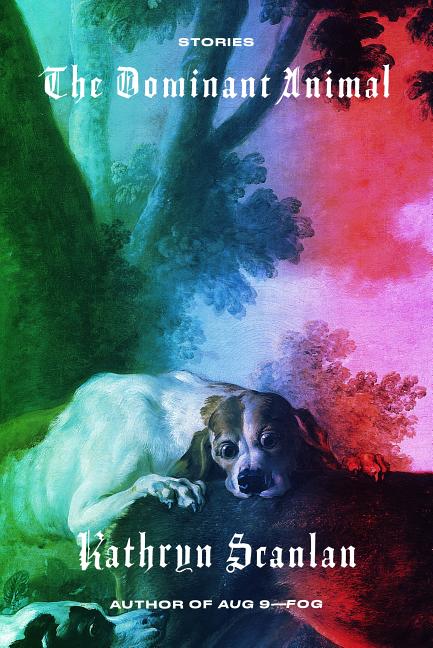... deeply enjoyable ... Sometimes the stories work within the territory of the horror genre – they are atmospheric with fear and shock, threat and disorientation – but without the generic appurtenances of the supernatural ... Almost all the stories are told in the first person, but some give the unnerving impression of having come out of a non-human consciousness ... The pieces are set in unidentified places that seem very much like the US – the rural midwest or the suburbs of the great cities. Yet the settings feel fresh because the author refuses to draw on worn-out descriptive tropes ... This is not realism, but there is no dream fog about these stories. There is no kitsch, no irony, no postmodern nods and winks, no sentiment either. Through the power of her vision, Scanlan takes hold of the world and gives it to the reader with an intensity that is, paradoxically, both strange and familiar ... The stories are not flashes of fiction or experiments but carefully made works, executed with powerful economy. Scanlan pays minute attention to objects and persons, to construct stories that are exactly as long as they need to be. The emotional power is achieved, at points, partly through an ambiguous narration of events, which may frustrate readers who prefer their stories to lie flat. Conventions of dialogue, action and closure are eschewed, not as a provocation, but because this is the most engaging and convincing way the writer has found to reach this far into what it is to be human ... Scanlan requires that the reader remain sharply vigilant: a feeling that lingers long after finishing the book and will, perhaps, be part of what draws people back. On rereadings I found the stories to be both more beautiful on the surface, with finely made sentences that are sonically and rhythmically compelling, and more profoundly affecting at a deeper level of feeling. More evident still becomes Scanlan’s skill in exploring big human themes: grief, abjection, neglect, fragility ... a great source of pleasure.
Read Full Review >>

